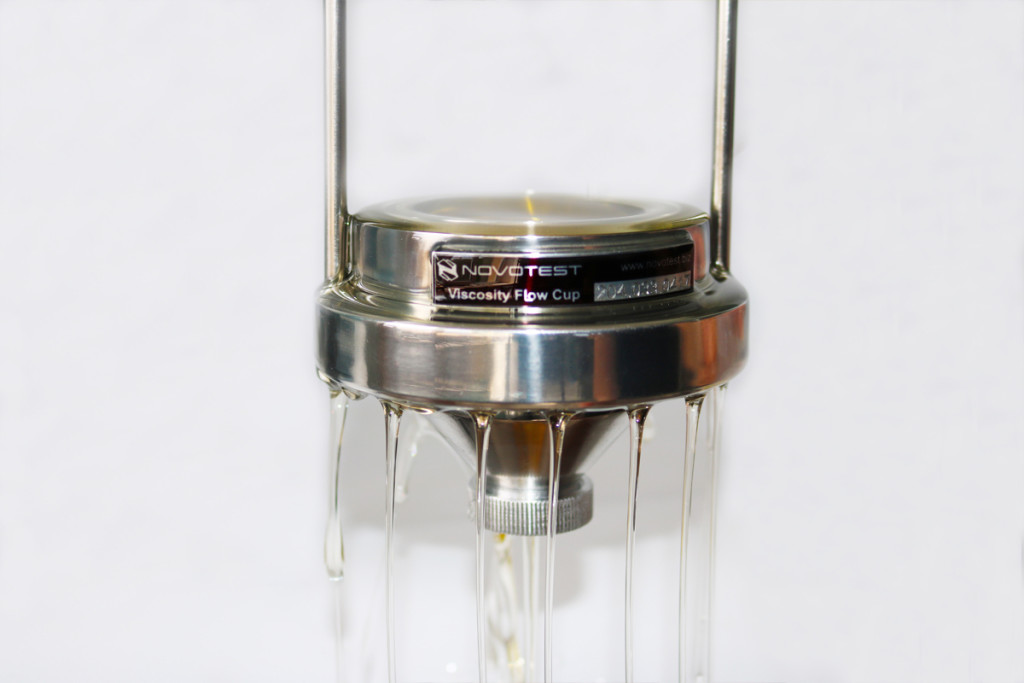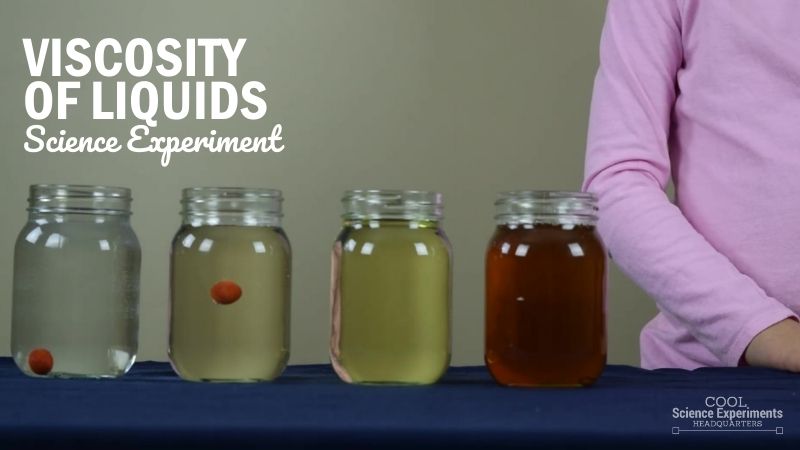Viscosity flow cups are very easy to use instruments of anodized aluminum with a stainless steel orifice for measuring the consistency of paints varnishes and similar products.
Viscosity flow cup method.
And they are available in a range of designs in accordance with national and international standards with various orifice diameters to suit different viscosities.
If the standards stipulate conversion methods the flow time.
If a flow cup is used the principle works as described above but instead of exact capillary dimensions the volume of the cup and its outlet capillary need to be accurately defined.
This precision din cup din viscosity flow cup is designed to measure the viscosity of sample liquids e g varnishes paints and related liquids and fluids.
However the conditions in a simple flow.
This standard is issued under the fixed designation d 1200.
To evaluate the viscosity of an experimental sample with this din flow cup the flow time measured in seconds s is converted into centistokes cst presenting the viscosity value.
The number immediately following the designation indicates the year of original adoption or in the case of revision the year of last revision.
Viscosity flow cups viscosity flow cups are very easy to use instruments made of anodized aluminium with a stainless steel orifice for measuring the consistency of paints varnishes and similar products.
A flow cup is a cup of a specified size and volume with an overflow channel at the top and a hole of a defined size in the bottom.
The measured kinematic viscosity is generally expressed in seconds s flow time.
The ford viscosity cup is a simple gravity device that permits the timed flow of a known volume of liquid passing through an orifice located at the bottom.
Viscosity cups remain the most important quick and simple method to measure the consistency of fluids in the laboratory and in production.
The measured kinematic viscosity is generally expressed in seconds s flow time.
Viscosity cups are however only suitable for lower viscosities and not for highly viscous substances such as pastes etc.
As a rule the equations for getting viscosity from the flow time are empirically determined for each cup by way of calibration tests with viscosity reference.




























